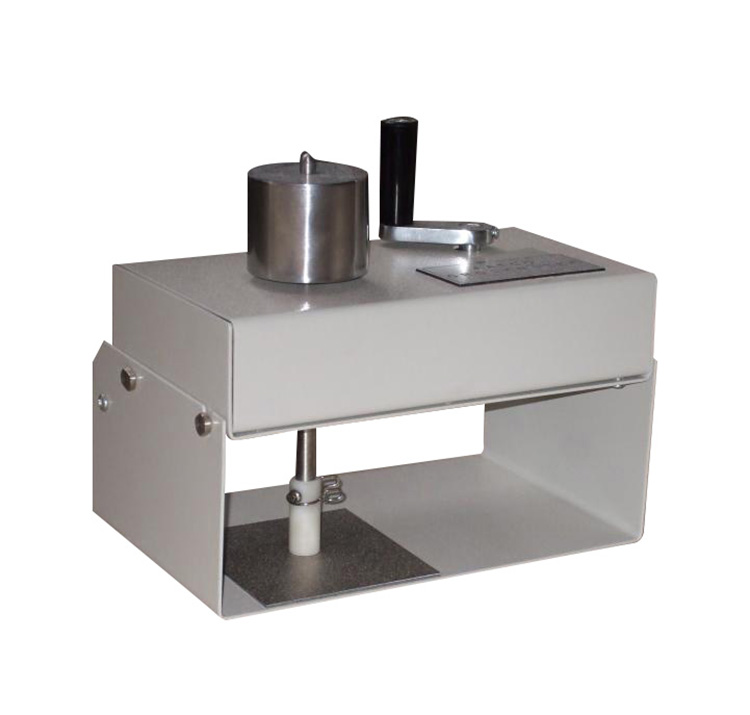How is color fastness rated?

Most of the current color fastness test methods are simulated tests or comprehensive tests according to the environment and conditions of the action, and the fastness grades are evaluated according to the discoloration of the samples after the test and the staining of the lining fabric. What is more special is that the color fastness to light is rated by the blue label, while the color fastness to dry cleaning is rated for solvent staining.
In the rating of color fastness, it is necessary to comprehensively evaluate the changes of the three attributes of color, that is, the changes of hue, lightness and purity. Hue refers to the appearance of color. Among the three attributes, hue can be used to distinguish colors. According to different wavelengths of light, colors have properties such as red, yellow or green, which are called hues. Depending on the degree of reflection of light on the surface of the object, the degree of light and shade of the color will be different, and the degree of light and shade of this color is called lightness. Purity refers to the degree of saturation of the color. The simpler the wavelength of the light wave, the higher the hue purity, and vice versa.
Color fastness rating can be divided into eye rating and instrument rating. For eye grading, the required background should be neutral gray, approximately between the 1st and 2nd level of the gray sample card (approximately Munsell color card N5). The lighting conditions should be sunny northern daylight (9:00-15:00), or an equivalent light source with an illuminance of 600lx and above, the incident light and the surface of the textile are about 45º angle, the viewing direction is roughly perpendicular to the surface of the textile, cover the original The color of the plate should be the same as that of the sample after the test, and it is appropriate to use a neutral color or gray or black, and the size and shape are roughly the same. The graders should wear neutral gray overalls, and the grading process should avoid the influence of environmental colors.
Color fastness rating: compare the test sample with the original one, and see that the degree of discoloration is the closest to that of the gray card.
Staining Fastness Rating: The tested lining is compared with the untested lining to obtain the closest staining grade.

Instrument Rating:
The principle of instrument rating is to use the absolute reflectivity of the known standard whiteboard to calibrate, measure the spectral power distribution reflected by the sample or its own reflected photometric characteristics, and then calculate the tristimulus value of the object under the standard illuminator according to the spectral measurement data. , chromaticity coordinates, CIELAB uniform color space, etc., and are converted into gray card series of discoloration and color fastness through a series of formulas.
Sometimes when I look at the report, I have questions. Why is the test result of the color fastness to soaping discoloration displayed on the test report grade 3, and the standard requirement is ≥ 3-4, or is it judged to be unqualified? Was the report wrong?
In fact, the result is correct. The grade 3-4 of the color fastness evaluation is not an interval in general mathematical concepts, it is a series, which means that the test result is between grades 3 and 4.
Shanghai QINSUN is a professional manufacturer of color fastness testers. Our products sell well all over the world and have been widely recognized by customers. If you are interested in purchasing, please leave us a message!
2022-04-19 10:47

